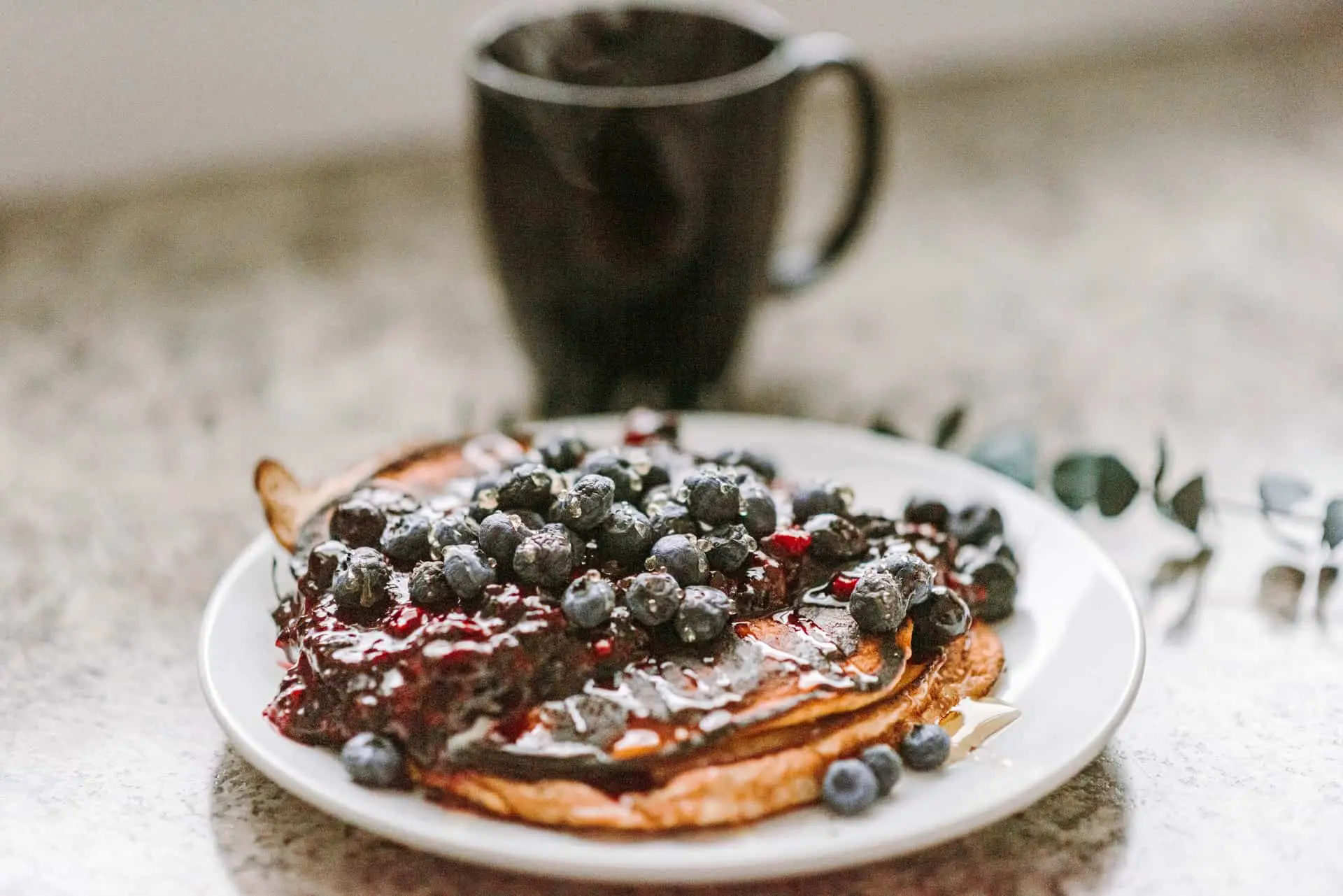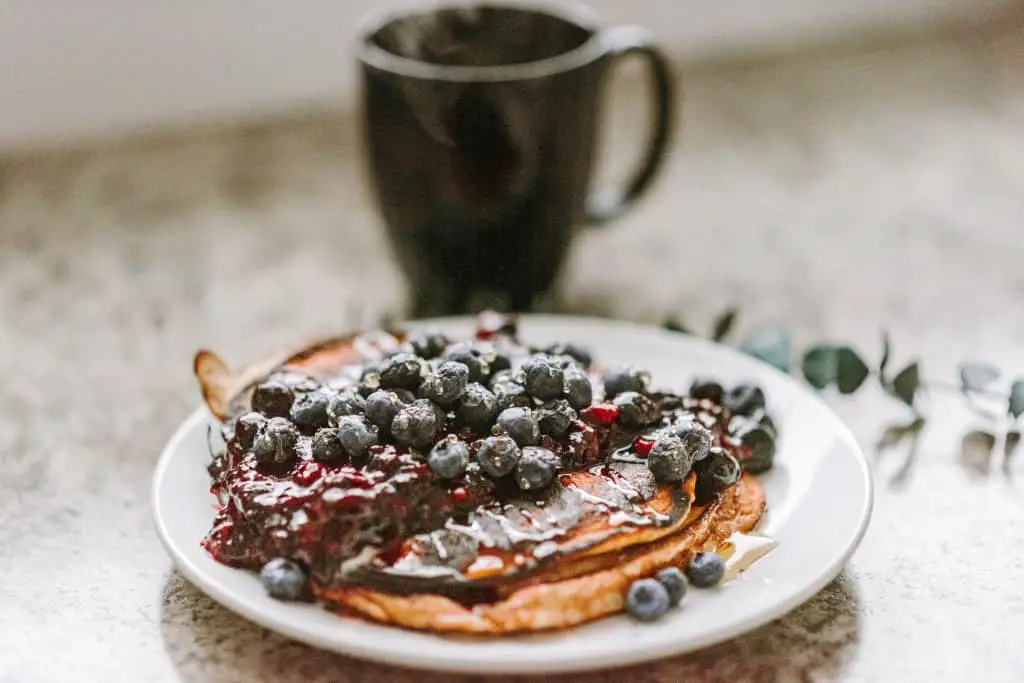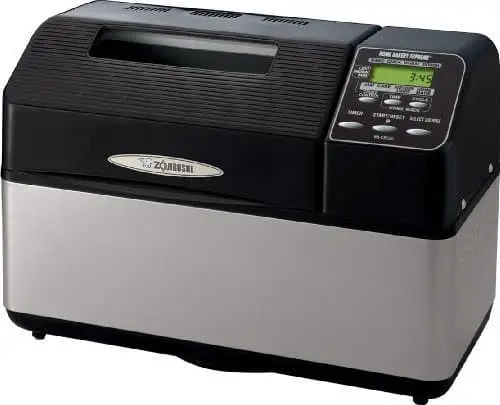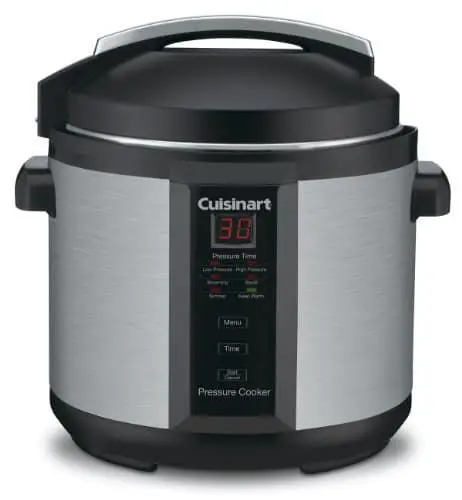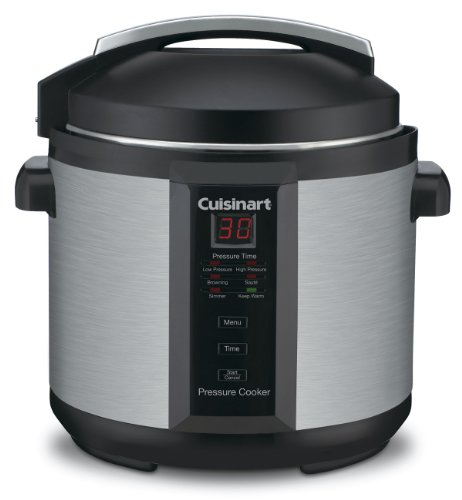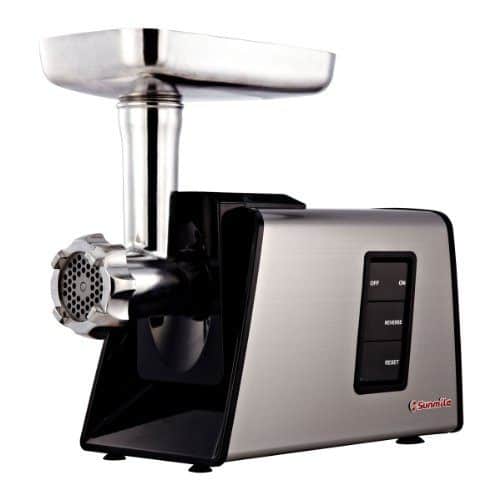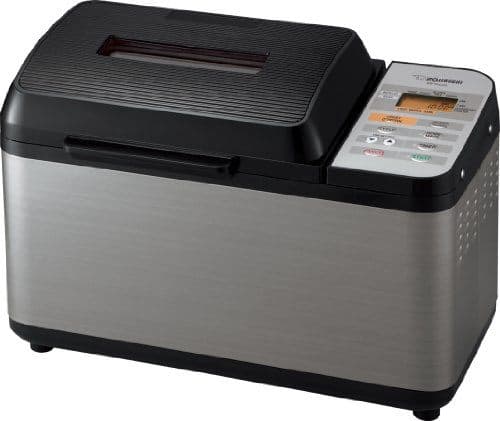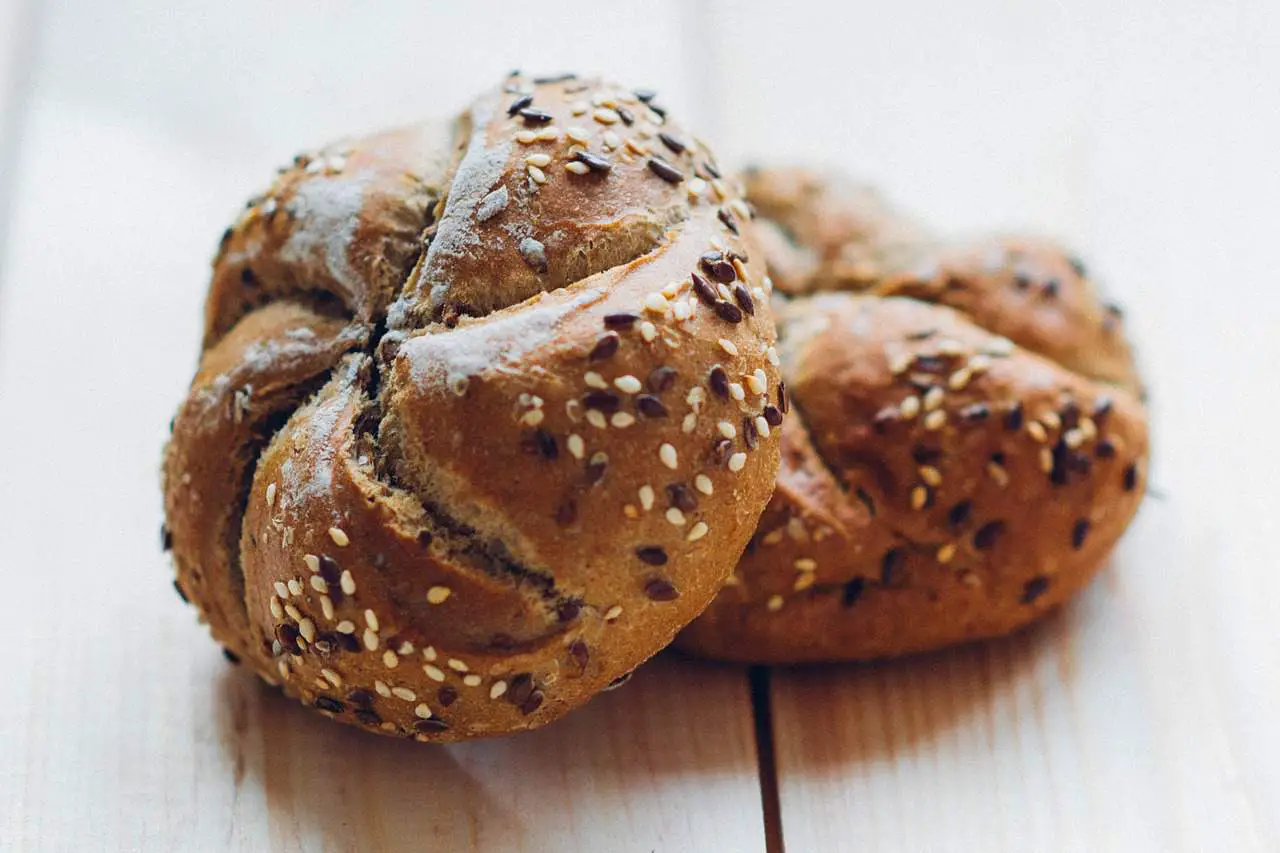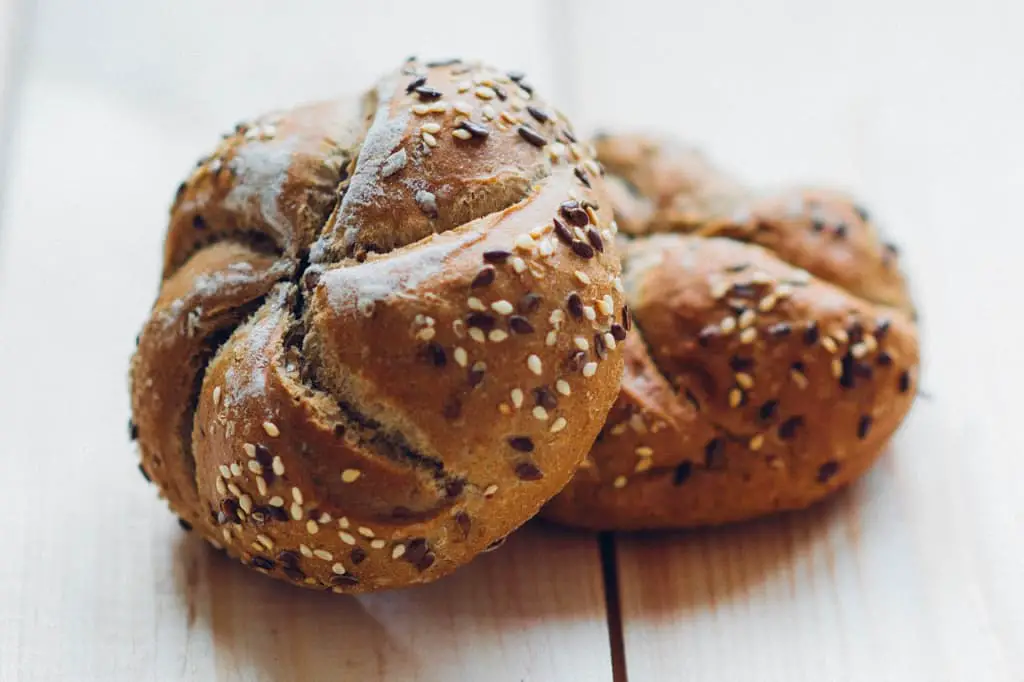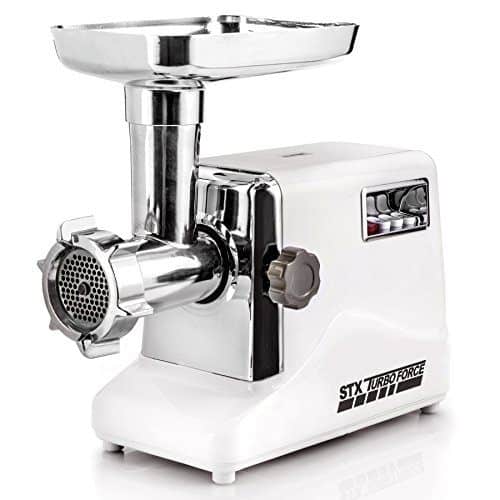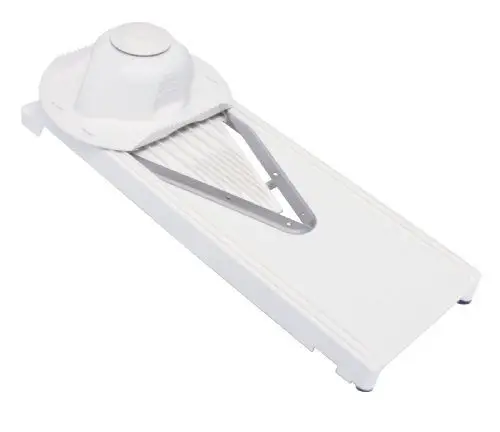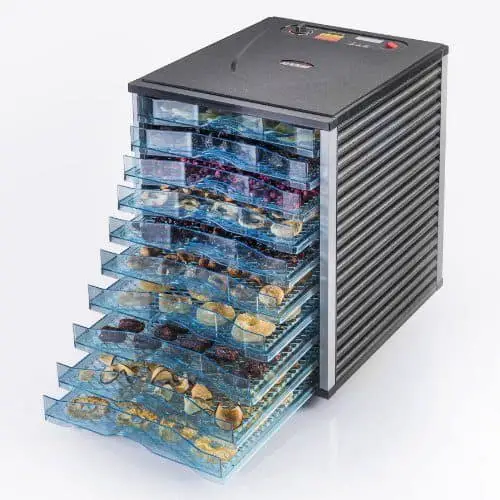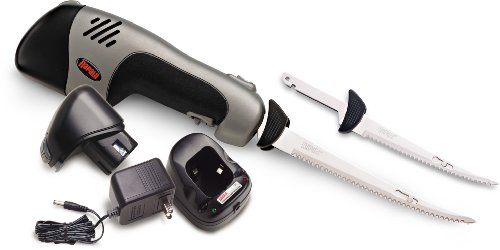As an Amazon Associate I earn from qualifying purchases.
“every day is a good day when there are pancakes and coffee for breakfast”
From time to time our heart craves for a little richer pancake breakfast, but our will to get up two to three hours earlier in the morning is a deal-breaker for most of us. Fortunately, this overnight pancake casserole came to save the day. It really is the perfect solution as the only thing you have to do is whisk the topping and let it bake while you dress up and get ready for the day.
What I love the most about this recipe is the secret ingredient I like to add to my pancake batter – a rum flavoring! Don’t worry, as it does not contain alcohol, yet it gives the pancakes this specific velvety sweetness and makes them taste even more heavenly delicious. The filling has a distinctive cinnamon flavor, although when I’m in the mood for a more chocolaty dish I add a teaspoon of cocoa powder, which also makes you lick your fingers. To contrast the moistness of the pancakes, the topping is crunchy sweet thanks to the oats and pecans.
I already said too much, so let’s get cooking. For this recipe, you’ll need the ingredients, of course,a casserole dish, two mixing bowls, a frying pan, and a little bit of aluminum foil to cover the pancake casserole overnight.
The first step is to make the batter for the pancakes. To do this, you’ll need two mixing bowls. Take one large and combine all the dry ingredients for the pancakes, like flour, baking powder, sugar, and a pinch of salt. In another mixing bowl combine the wet ingredients, including the rum flavoring, eggs, milk, buttermilk, butter, and canola oil. Take the bowl with the wet ingredients and slowly stir in the blend into the larger bowl with dry ingredients. Whisk well, until the batter is smooth and creamy.
The next step is to cook the pancakes, which is pretty easy, straightforward, and I know you have done it before but it’s my job to say it again. Take a frying pan (if you have a special pancake pan, that would be even better) and cook the pancakes over medium to high heat. The dose for one pancake is around ⅓ cup of the batter.
After you’re done cooking the pancakes, start with the first, more cooled one, and cut each pancake in half or simply fold it in half and place it in the casserole dish with the cut or folded side on the bottom. Make two or three rows with the pancakes one next to each other while you fill the whole casserole, then set it aside.
Make the filling by combining all the ingredients in a mixing bowl. You can easily whisk by hand, but if you prefer you can use a hand mixer. When the blend is smooth and creamy pour it over the pancakes in the casserole. Cover the casserole with aluminum foil and let it chill in the fridge while you go to sleep!
When you get up first thing in the morning the next day, go in the kitchen and let the oven preheat to 180°C (350°F), while you prepare the topping – it will take you less than 5 minutes. All you have to do is whisk together all the ingredients for the topping in one mixing bowl. Combine the flour, sugar, butter (make sure it’s melted), and cinnamon. When it is smooth, add the oats (ground) and pecans (crushed into small pieces).
Take the pancake casserole out of the fridge and pour over the freshly-made topping – simple as that. Now, place the pancake casserole in the oven and let it bake for around 50 minutes to an hour.
Continue your daily routine, get dressed, and prepare for work or for all the other responsibilities that follow while your breakfast is still baking. I want to wait and drink my first coffee with a slice of warm pancake casserole with raspberries on the side, but if you can’t wait for it – I totally understand. The pancakes are more than enough and they’ll definitely put you in a good mood!
It’s everything you need to start your day right! Enjoy.
| Prep | Cooking time | Rest time | Total | Servings |
| 15 minutes | 1 hour | 8 hours | 9 hours, 15 mins | 8 |
Ingredients
For the pancakes:
- 2 ½ cups flour
- 2 tsp baking powder
- 3 tbsp sugar
- 1 tsp vanilla powder
- ½ tsp rum flavoring
- 2 cups of milk
- ½ cup buttermilk
- 2 eggs
- 7 tbsp butter (melted)
- A pinch of salt
- A little bit of canola oil (optional: olive oil)
For the filling:
- 7 eggs
- 2 cups of milk
- 1 cup cooking cream
- 3 tsp sugar
- ½ tsp cinnamon (alternative: mace)
- Optional: 1 tsp cocoa powder
For the topping:
- 1 cup flour
- ½ cup of sugar
- 4 tbsp butter
- 1 ½ tsp cinnamon
- 1 cup oats
- ½ cup crushed pecans
Instructions
- Take a large mixing bowl and whisk together the flour, baking powder, sugar, vanilla powder, and a pinch of salt.
- Take another mixing bowl and stir together the milk, buttermilk, eggs, butter, rum flavoring, and canola oil.
- Combine the two mixtures together and whisk until you get a smooth and creamy blend.
- Take a nonstick frying pan and cook the pancakes over medium to high heat. Use around ⅓ cup of the blend for each pancake.
- Let the pancakes cool, let them cool before you layer them in the casserole dish. Cut the pancakes in half if they don’t fit in your dish.
- In another mixing bowl combine all the ingredients for the filling – eggs, milk, cooking cream, sugar, and cinnamon. Pour the filling over the layers of pancakes in the casserole dish. Cover the dish with aluminum foil.
- Place the casserole dish in the fridge and leave it overnight (around 8 hours).
- In the morning, preheat the oven to 180°C (350°F).
- Take the casserole out of the fridge and set it aside.
- In the meantime, prepare the topping. Take a mixing bowl and whisk together the flour, sugar, butter, cinnamon, oats, and pecans to make a streusel.
- Pour the topping over the casserole and let it bake for 1 hour.

